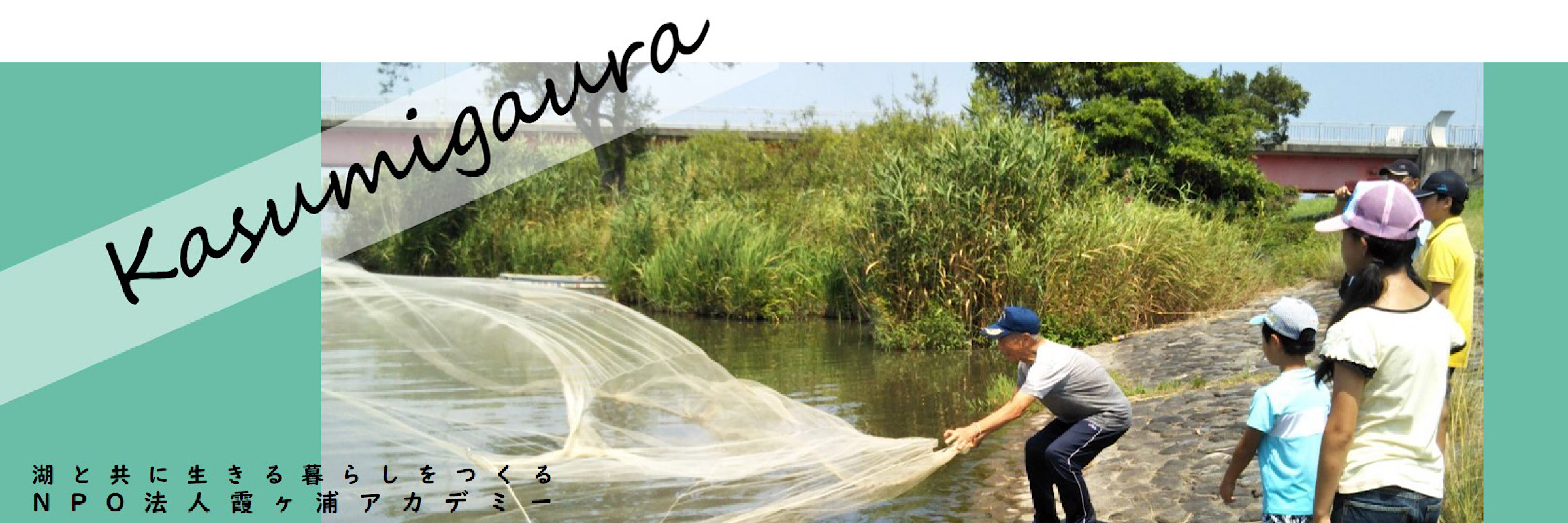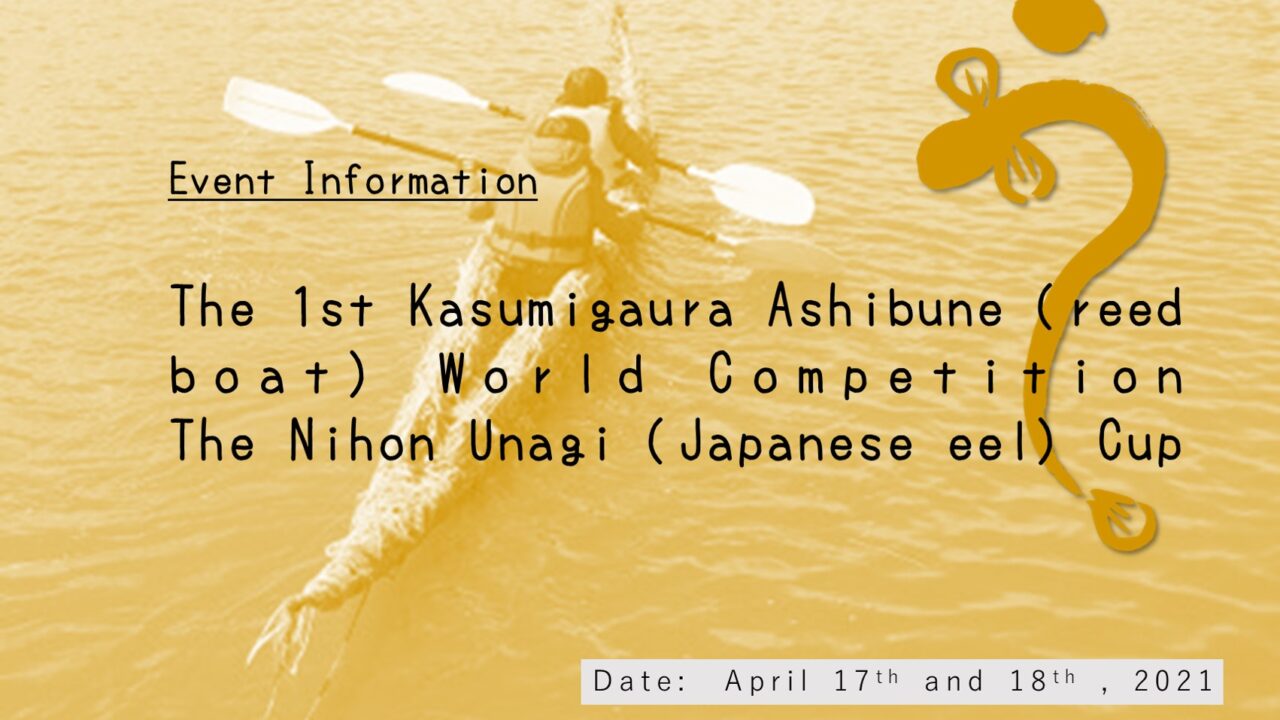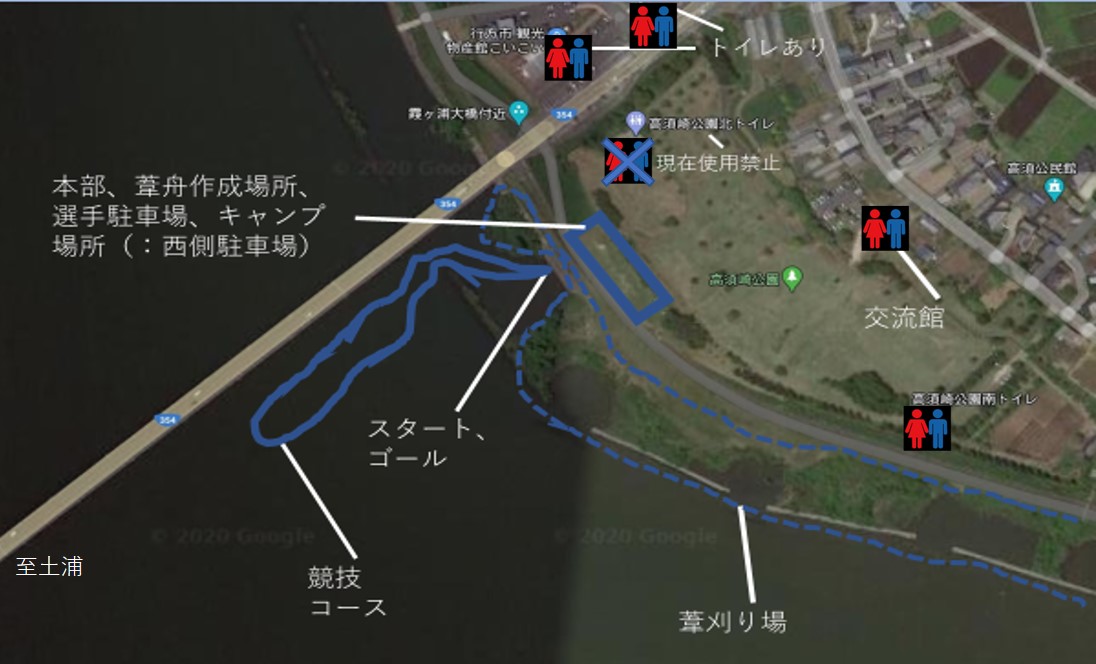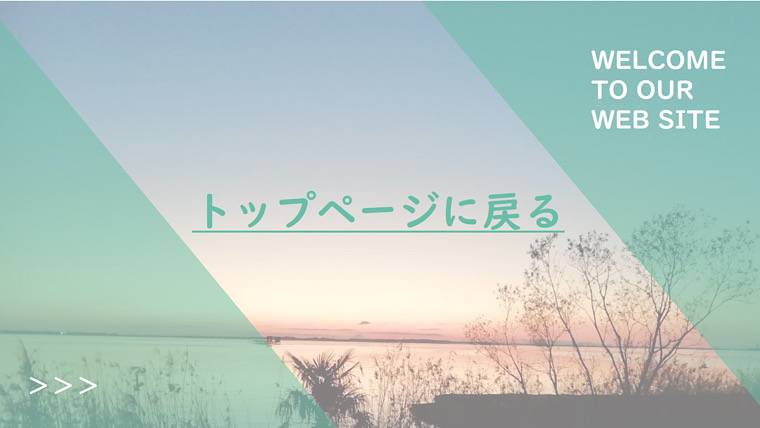Event Information
The 1st Kasumigaura Ashibune (reed boat) World Competition
The Nihon Unagi (Japanese eel) Cup
Date: April 17th and 18th , 2021
Organizer: NPO Kasumigaura Academy and Namegata Canoe Club
Purpose
We hope to protect and conserve beautiful reed fields on the Lake Kasumigaura. We also want more and more people to know Kasumigaura and get interested in it.
We planned that every participant would make a reed boat by cutting reeds on the lake by oneself and row the boat. Throughout the whole procedure you would compete for your performance.
Organizer:
NPO Kasumigaura Academy and Namegata Canoe Club
Support by
Namegata City, Ibaraki Prefecture, Kasumigaura Fisheries Cooperative Association, Namegata City Development Bureau, Namegata City Society of Commerce and Industry, Tamatsukuri Rotary Club, Namegata Pride
Date: April 17th and 18th , 2021
The event to be canceled only in case of heavy rain
Schedule:
Day 1
10:00- Registration
Around until 15:00 Cutting Reeds
Around until 17:00 Assembling of the hull
17:00- Pre-event
Day 2
9:30 Opening ceremony
10:00 Competition start
11:30 Awards ceremony
12:00 Closing
Place
Cutting reeds: The shore of a lake at Takasuzaki (see map)
Assembling of the hull: The west parking place of Takasuzaki park (see map)
Competition: The south side of Kasumigaura Ohashi Bridge. Course to start from the Namegata city side, and to turn down with half of bridge center (see map). In stormy weather, course inside of offshore breakwater at south of Haginegawa port (see map)
Hull (body of ship) and steering
The hull shall consist only of reeds or grass grown on the shores of Lake Kasumigaura and jute rope prepared by the competition secretariat. The size, shape, and number of crews are free.
Steering shall be with paddles, oars or poles. Commercially available products are acceptable.
Competition rules
Compete for ranking by going around the course three times.
Crew members may change at the start-finish point. Therefore, a maximum of 3 groups can board.
At the start-finish point, the boat must touch the shore.
Entry qualifications
A team of 3 or more people. Participants under the age of 18 require parental consent.
Entry fee
One person 5,000 yen
Under the age of 15 2,000 yen
(including eve and accident insurance)
Awards
Awarding the team with the highest time and the team that produced the technically superior reed boat, and presenting the Japanese eel cup.
application method
Please enter the URL below or read the QR code and pay the application / participation fee.
No refund will be given after application. (Including cancellation due to bad weather, natural disasters, etc.)
Application deadline
April 4th, 2021 (Sun). Please adhere to the deadline.
* If there are many applications, the applications may be closed on a first-come, first-served basis.
Contact
KIKUCHI Akio, Kasumigaura Academy secretariat
kasumigaura.academy (followed by) @gmail.com
Supplementary Provision
The organizer will not be held responsible for any accidents, theft or loss during the competition, except for first aid and accident insurance coverage.
The organizer is not responsible for any accidents or thefts in the parking lot or accommodation.
The right to publish videos, photos, articles, records, etc. during the tournament on TV, newspapers, magazines, the Internet, etc. belongs to the organizer.
Notes
For your safety, you must wear a life jacket and pay attention to protection against cold weather.
The secretariat will prepare life jackets and paddles, but we would appreciate it if you could bring your own.
The secretariat will also prepare sickles and work gloves for cutting reeds, but we would appreciate it if you could bring your own.
When cutting reeds, you may get into the water, so boots are recommended.
It is advisable to be trained in self-rescue in water sports.
The members of the competition secretariat will give you advice when cutting reeds and creating reed boats, so please feel free to ask.
Reference information
Amount of reeds needed
It is estimated that 30 bundles of reeds (about 20 cm in diameter) will be enough for one boat. To make the boat bigger, you need to increase the number of bundles. Four adults can mow 30 bundles in 1 to 2 hours.
The secretariat will prepare some in case there are not enough reeds.
How to make a reed boat
Ashibune Diary in the blog Kasumigaura http://blog.livedoor.jp/kasumigaura_ac/: There is an explanation of how to make it in the guide.
Information will be posted on the website from time to time.
Venue access
Address: 1969 Tamatsukuri Ko, Namegata City, Ibaraki Prefecture Takasuzaki Park
Automobile
About 30 minutes from the Tsuchiura Kita IC on the Joban Expressway.
From Narita to Tsuchiura: About 90 minutes by bus
From Tokyo to Tsuchiura: About 90 minutes by train (JR Joban Line)
From Tsuchiura to Roadside station (Michino Eki) Tamatsukuri: About 55 minutes by bus (Kasumigaura wide area bus (Kouiki bus))
From Roadside station (Michino Eki) Tamatsukuri to Competition venue: About 5-minute walk
Accommodation / camping
A tent can be set up in the west parking place of Takasuzaki Park. (Because we have a special permission to use it, not a campsite, please use it modestly. Bonfires are prohibited.)
The following facilities are located nearby, so please apply by yourself.
・ Guest house Fukurou (96-1 Fujii, Namegata City)
4,200 yen / person Telephone 080-6607-1309 (Kikuchi)
・ Bettei Suifuso Keizan (2796-1 Hama, Namegata City)
HP: http://www.suifusou.jp/ Phone 0299-57-3838
・ Kitaura Park Hotel Uofuku (2856-1 Yamada, Namegata City)
HP: https://uofuku.com/hotel From 5,500 yen / person
The Namegata City Tourism Association has information on other accommodations.
There are many other accommodations in Tsuchiura City, Ishioka City, Hokota City, etc., so please consider them.
Organizer greetings
The vegetation zone on the shore of the lake is in crisis
Since 96% of the lakeshore line is artificial concrete embankment, the vegetation zone of aquatic plants such as reeds have decreased significantly. Offshore breakwater was constructed to produce vegetation zone. Reeds fields have recovered at a few places and the vegetation zone has not been fully revived due to poor maintenance. The reed bed is a spawning site, has a water purification function, and is a habitat for aquatic organisms such as insects and fish. Mowing the reeds removes the nutrients absorbed by the reeds from the lake, preventing the reed beds from landing and maintaining vegetation. However, in our current life, we do not use reeds, and to reap them, we need to create new demand for them.
There is less connection between people and the lake
Some people are walking and fishing, but no children are playing or fishing by the water. In the past, it was common practice to catch crucian carps that gather for spawning in reed beds and loaches hidden in the sand. Also, the number of people visiting for sightseeing is not large. Through this competition, we aim to revive the vegetation zone and create and spread a culture that uses the reeds. We are aiming to restore a natural lakeshore without an offshore breakwater in the long run.



